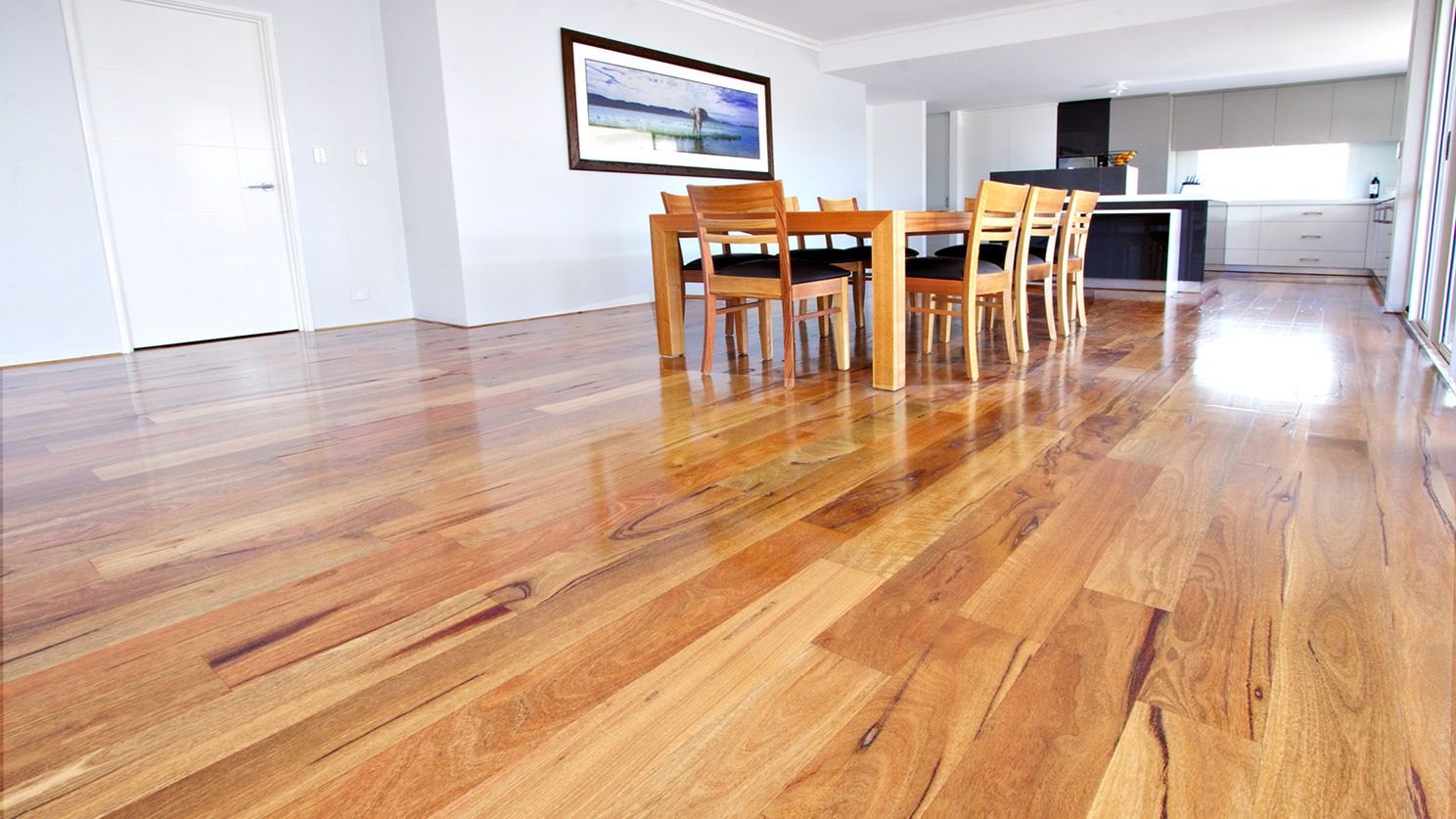Timber floors, also known as hardwood floors, add a touch of timeless elegance and warmth to any home. However, they can become dull, scratched, and stained over time, hiding their natural beauty. This is where Timber Floor Sanding comes in – a process that breathes new life into your tired floors, restoring their original shine and character.
This blog delves into everything you need to know about timber floor sanding, from understanding its benefits and signs that your floors need it to the process and professional vs. DIY considerations.
Benefits of Timber Floor Sanding:
- Restores Appearance: Sanding removes years of wear and tear, revealing the wood’s natural beauty and grain. It also eliminates scratches, stains, and uneven colour, making your floor look brand new.
- Increases Lifespan: By removing damaged layers, sanding exposes fresh wood, allowing for a new protective finish. This significantly extends the lifespan of your timber floors, saving you money in the long run.
- Improves Value: Beautifully restored timber floors are a significant selling point, increasing the value of your property.
- Enhances Home Comfort: Sanding removes dirt, dust, and allergens trapped in the old finish, creating a healthier and more comfortable home environment.
- Comprehensive Finish Options: Sanding allows you to choose a new stain or finish to match your existing décor or completely change the look and feel of your space.

Signs Your Timber Floors Need Sanding:
- Visible scratches, scuffs, and dents: These imperfections become more pronounced over time and detract from the floor’s aesthetics.
- Dull and lifeless appearance: Once vibrant floors lose lose their shine, sanding can revitalise them.
- Uneven colour or staining: Fading, sun damage, or water stains can significantly impact the floor’s appearance. Sanding provides a clean slate for a uniform finish.
- Peeling or cracking finish: A damaged finish no longer protects the wood and allows more profound damage. Sanding removes the old finish and prepares the floor for a new protective layer.
- Rough or uneven texture: If your floors feel rough underfoot or have uneven surfaces, sanding can smooth them out for a comfortable and safe walking experience.
The Timber Floor Sanding Process:
- Preparation: The room is completely cleared of furniture and coverings. Baseboards are protected with tape to prevent damage.
- Coarse Sanding: A large drum sander removes the old finish and a thin layer of wood to even out the surface.
- Edge Sanding: An edger tackles areas inaccessible to the drum sander, like corners and edges.
- Dust Collection: Powerful vacuums are used throughout the process to minimise dust and ensure a clean working environment.
- Fine Sanding: A finer grit sandpaper smoothens the surface further, preparing it for the new finish.
- Cleaning: The floor is thoroughly cleaned to remove any remaining dust or debris.
- Staining (Optional): If desired, a stain can be applied to change the colour of the wood.
- Finishing: A protective finish, such as varnish or polyurethane, is applied to seal the wood and protect it from future wear and tear.
Professional vs. DIY Sanding:
While timber floor sanding can be a DIY project, it requires specialised equipment, skills, and experience. Here are some factors to consider:
Professional:
- Expertise: They have the knowledge and experience to handle different floor types, damage levels, and finishing options.
- Equipment: They can access powerful sanders and dust collection systems, ensuring a high-quality finish and minimal mess.
- Efficiency: Professionals can complete the job quickly and efficiently, minimising disruption to your daily life.
- Warranty: They typically offer warranties on their work, providing peace of mind.
DIY:
- Cost-effective: It can be a more affordable option compared to hiring professionals.
- Sense of accomplishment: Completing the project yourself can be rewarding and provide a sense of accomplishment.
Ultimately, the decision depends on your budget, comfort level, and the job’s complexity.
Conclusion:
Timber floor sanding is an effective way to restore the beauty and functionality of your timber floors. By understanding the benefits, signs, and processes involved, you can decide whether to tackle the project yourself or hire a professional. Whether you choose DIY or professional sanding, the result will be a stunning and revitalised floor that adds value and comfort to your home for years.




